What is a Shin Splint?
A shin splint is a pain that is felt along the shin bone. Shin splints are usually caused by a stress-related injury when too much stress or blood moves through a particular structure.
One source of stress is the pulling of the muscles and tendons on the shin bone.
There are fibres that attach muscles and tendons to the bone called Sharpey’s fibres, and they can pull and become inflamed and painful.
Another source can be a stress fracture in the tibia. Such fractures can occur when the tissue becomes overloaded through poor biomechanics or too much load from hard surfaces.
Through daily activity, our bodies are in a constant state of accumulating damage and then repairing that damage accordingly. If the damage is severe enough and reaches a point where your body can’t easily repair it under normal circumstances, then these stress-related injuries occur.
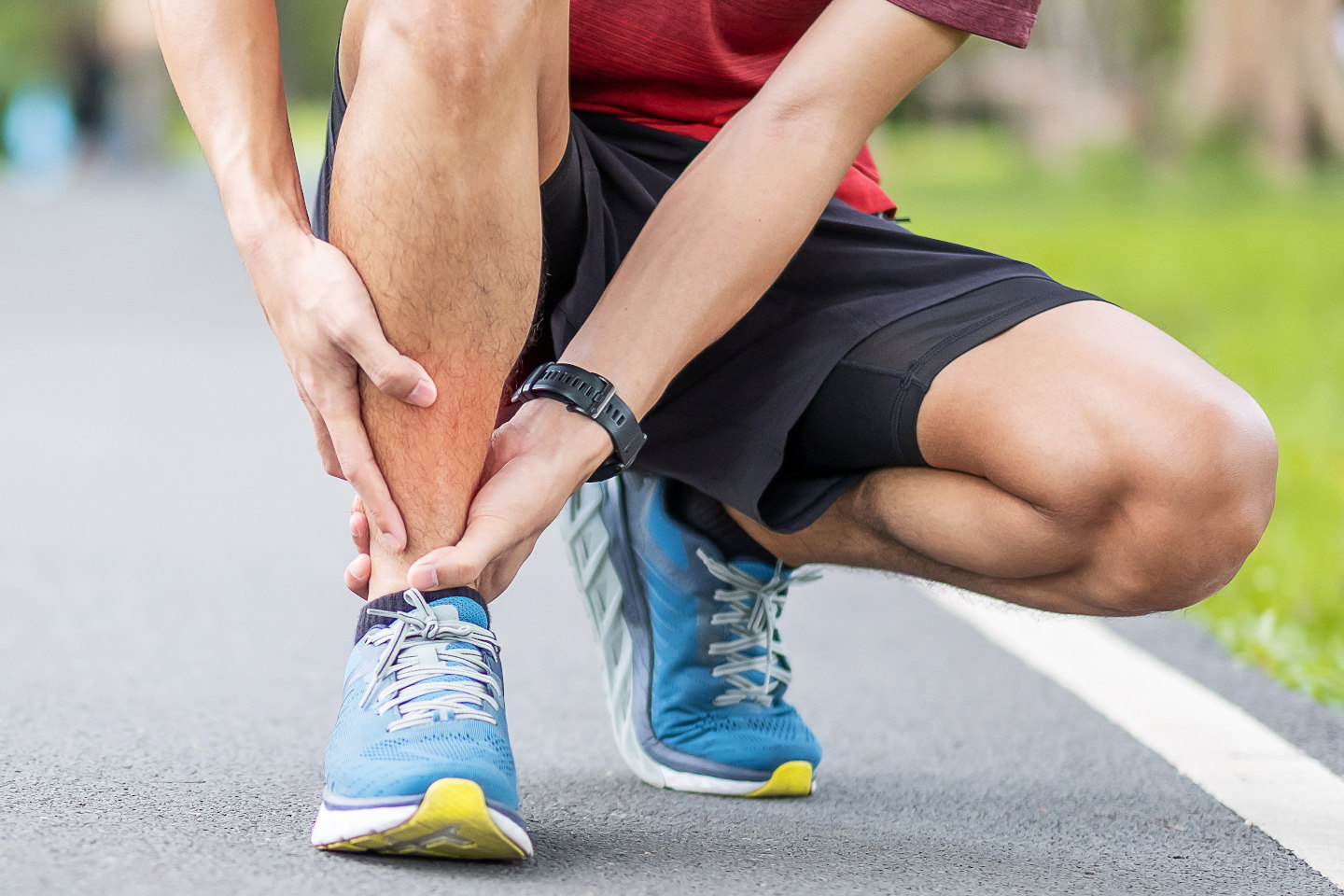
Do Foot Orthotics Help with Shin Splint Pain?
Yes, foot Orthotics can help alleviate pain associated with shin splints.
During an appointment at Orthotics Plus, an Orthotist would first assess the foot and ankle posture of the patient. We also conduct walking and running assessments where we observe the patient in motion and discuss the outcomes of their technique and how their foot is positioned. If the patient is experiencing pain, more often than not, their foot posture could use correction.
We would then consider foot Orthotics in combination with other treatment options. As soon as we can realign the foot, we change the load and the pull of the muscles on the tibia and on the shin bone, which can sometimes result in near-immediate pain relief. When used in combination with other treatments, foot Orthotics can help relieve most associated pain within the first seven days.
The foot Orthotics we manufacture are soft and supportive. The addition of an extra cushioning layer in the shoe can assist by attenuating some of that shock every time the foot hits the ground. When combined with the support of an improved foot posture, the patient can more comfortably walk and enjoy daily activities on their feet.
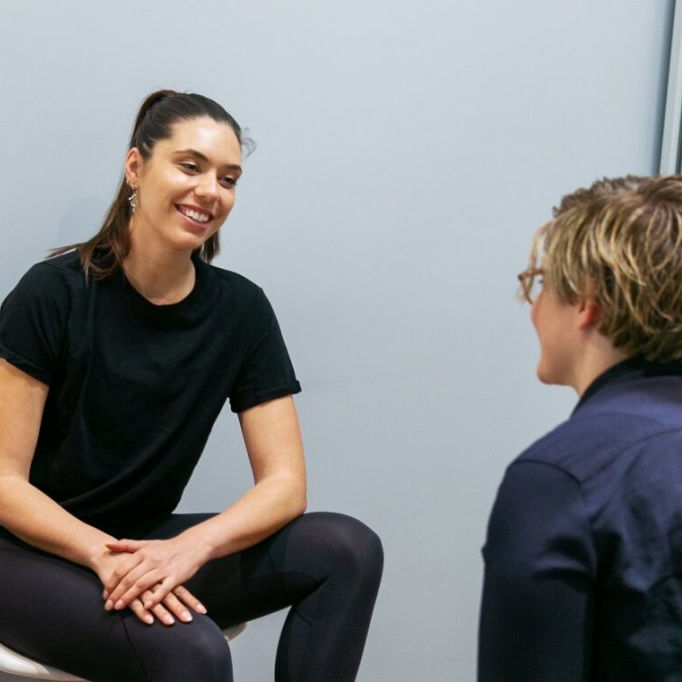
What can Cause Shin Splints in a Running Posture?
During exercise, rapid or excessive pronation, or a flattening of the arch of the foot, can lead to shin splints and associated pain. Commonly, splints occur during excessive movement or strain above what the patient can handle.
For example, someone who has taken an extended break from running and then goes back to playing sports without an adjustment period is susceptible to splints. Their body is just not conditioned to whatever load they’re putting through it.
Given this, we give our patients advice on load management to encourage them to build up load on their bodies in a sensible manner.
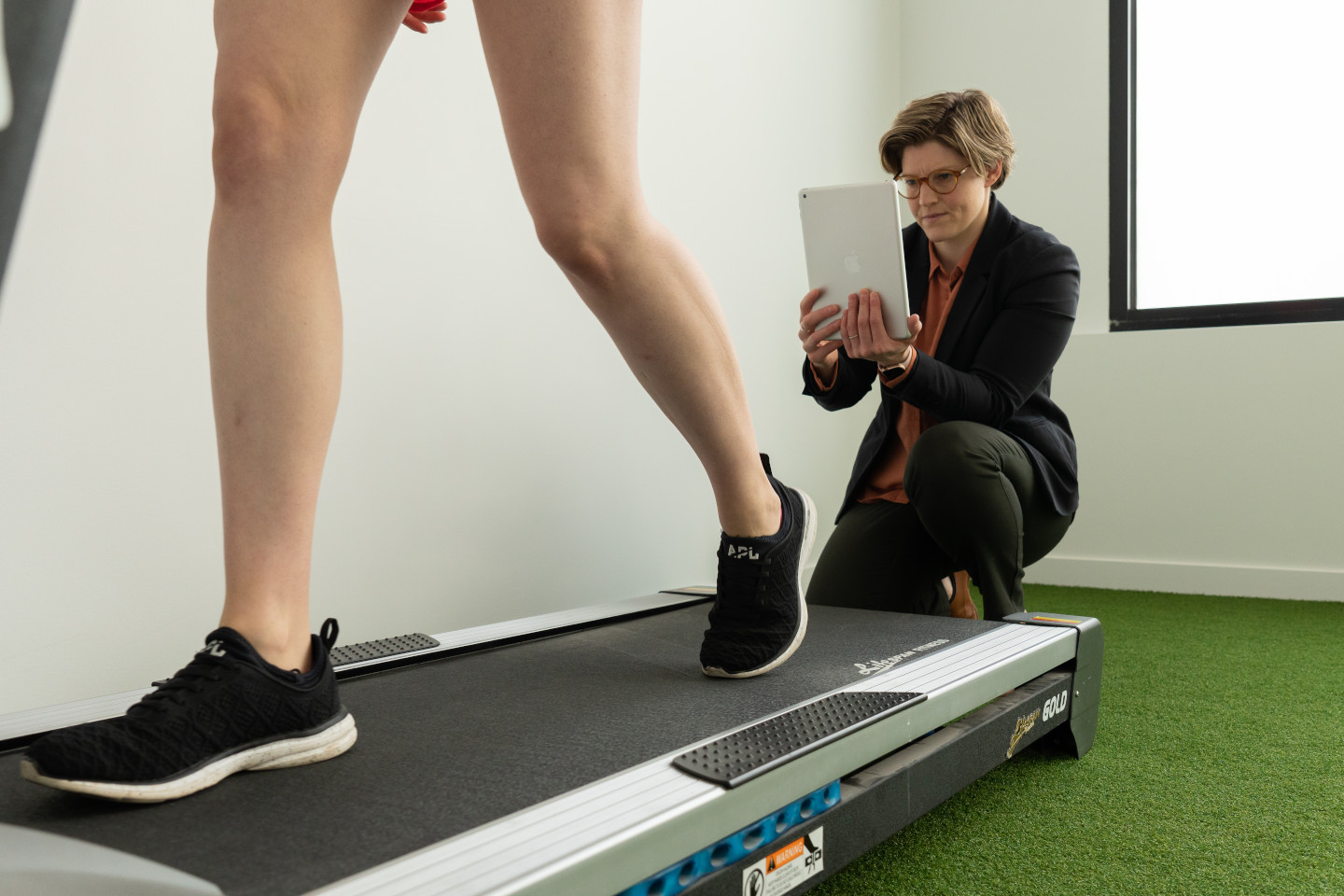
Can Shin Splints Occur in People Who Don’t Play Sports?
Yes, shin splints can occur outside of sports play or endurance activities. If someone’s job requires them to walk around for hours at a time, that activity can lead to splints, especially if they are load bearing or wearing inappropriate footwear.
While uncommon, older individuals living with osteoporosis can also experience shin splints during normal activity.
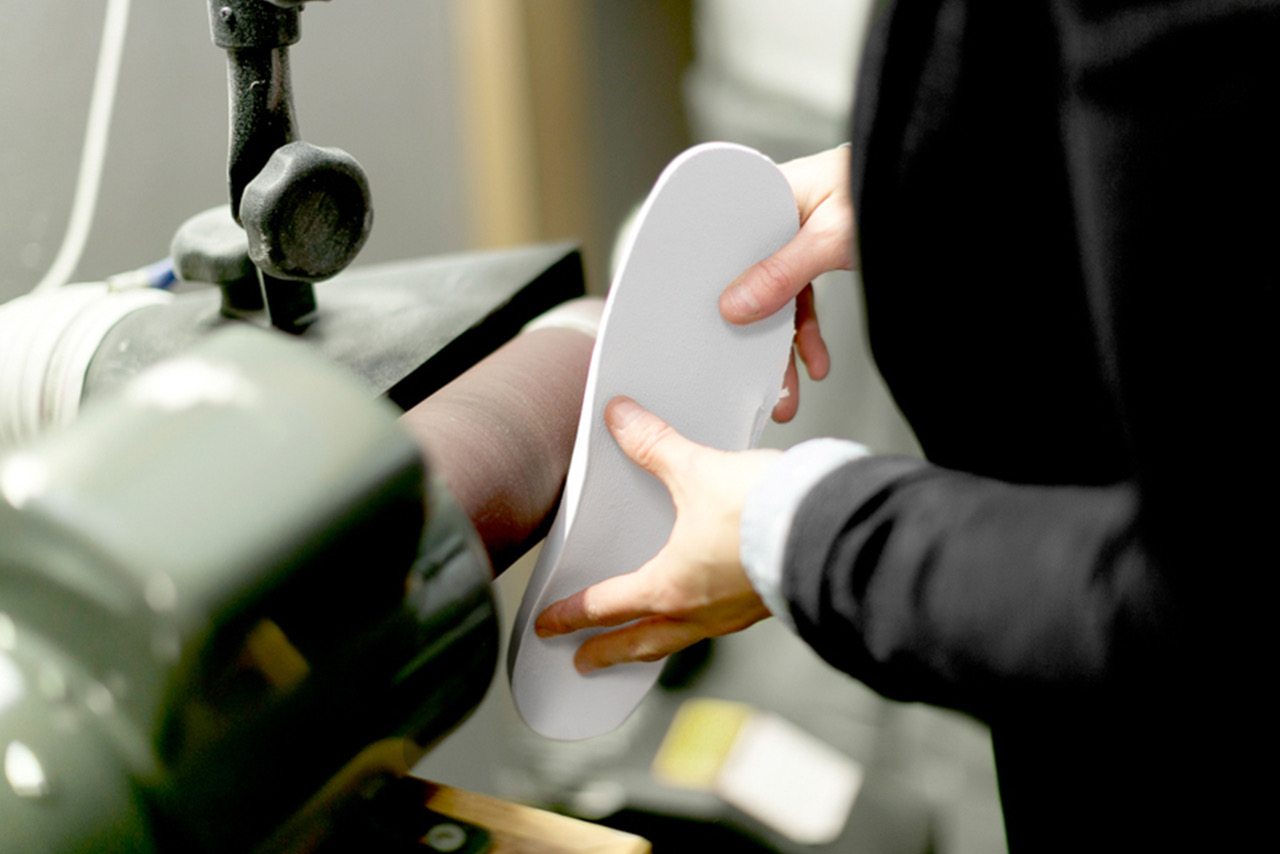
Can Orthotics Plus Help me Choose the Correct Footwear?
Absolutely. That’s one of the main factors that we discuss with patients. In order to ensure adequate recovery, it’s important that those with shin splint wear shoes that are appropriate for their foot shape and type and the activities they commonly perform.
For active patients or runners, we can recommend they visit a sports store and provide them with written instructions of what they should be looking for when selecting a new running shoe. We’re also happy to speak with the store directly to discuss the recommendations we’ve provided.
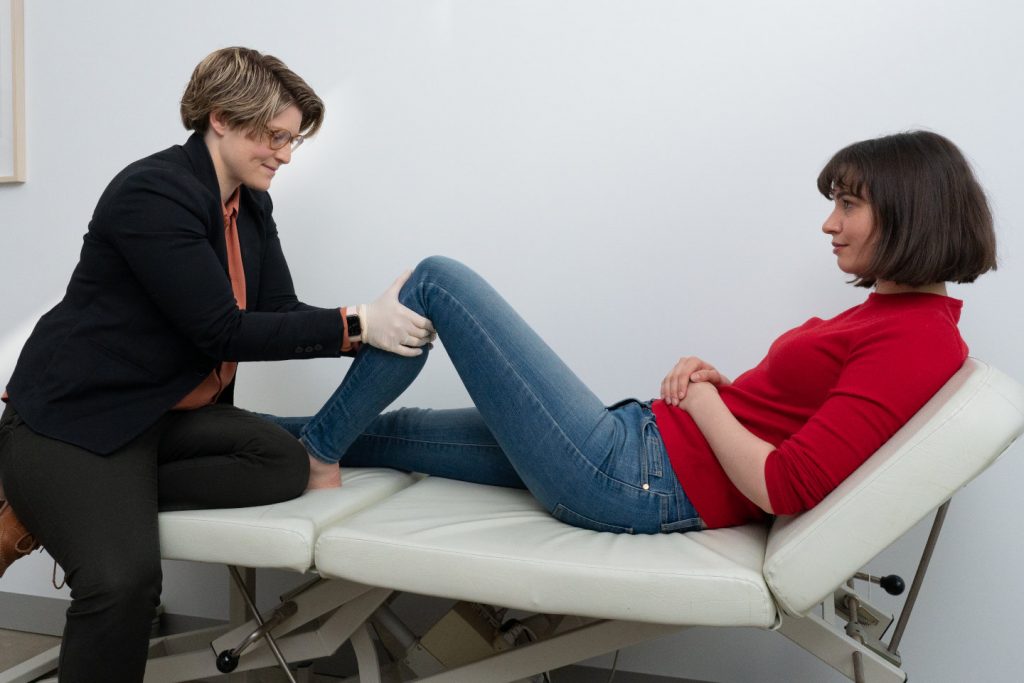
Book an Assessment at Orthotics Plus
Orthotics Plus has multiple locations in Melbourne and we would love to hear from you.
- We have experience treating patients who participate in a variety of sports, from runners to professional AFL players
- We safeguard your financial preferences
- We are caring and compassionate
Please use our clinic locations to book an appointment.

FAQ
The amount of time will vary depending on what we believe the cause is.
Sometimes the pain you’re experiencing is due to calf tightness or weakness. The muscles on the front of the leg could also be significantly weak. Beyond just reducing your pain, we also want to be sure that we address the root of the problem.
Generally, we recommend waiting until your pain has subsided, and it will be a gradual buildup to normal activity from there. Even if you’re feeling ready to get back to it, we’ll likely still recommend a strengthening-type program with a Physiotherapist we can refer you to.
At a minimum, patients will need to take four weeks off to recover before returning to their prior activities.
A referral from a general practitioner or allied health professional is not required prior to visiting Orthotics Plus.
You are welcome to contact our office directly to book an appointment. To ensure proper recovery, it’s best to contact us as soon as you begin experiencing pain.
The decision between using custom-made or prefabricated orthotics depends on the age of the patient and the degree of their deformity or pronation. For adults, we generally recommend custom-made options.
For children, we often try to use prefabricated orthotics because their feet grow so quickly. Continually ordering custom-made orthotics for them could become costly for families. However, if a child has a very unusual foot posture that can’t be remedied with prefabricated orthotics, custom may be the best solution.